Vietnamese craft villages survive test of time
Mat Village
Dinh Yen village in the southern province of Dong Thap has sustained its traditional mat-making craft for a century. The village has created mats for domestic supplies and exports. The village was recognized as an intangible national heritage by the government in 2013.
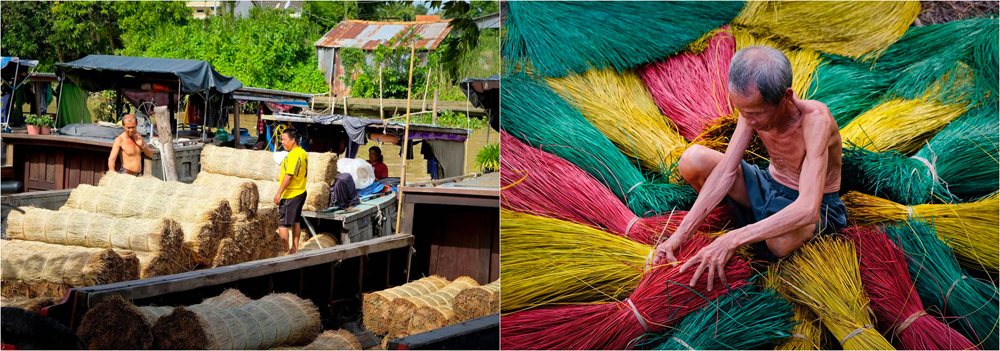
|
Making mats requires careful selection of sedge strands, which are sun-dried before going into a hot dye. The colored strands are then sun-dried and weaved into complete mats.
The weaving process requires dexterity: skilled craftsmen can weave complicated, diverse patterns on the mats. Though weaving machines have appeared in recent years many people still prefer to make the mats by hand to create the complicated patterns on them. After weaving, they cut the loose ends to create the final product.
Silk Village
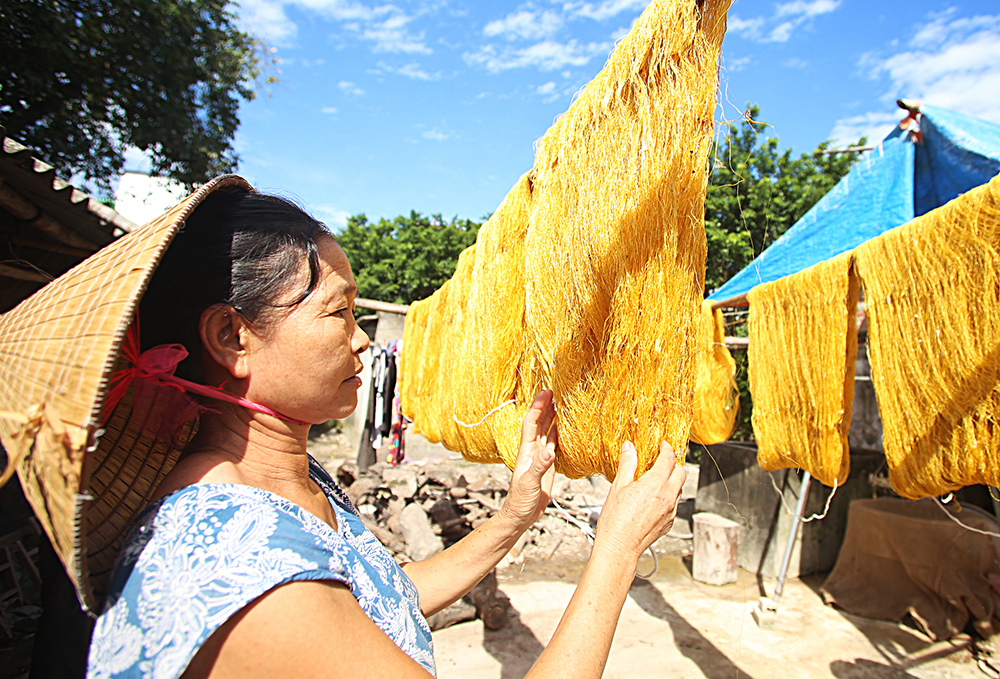
|
Co Chat village has a well-deserved reputation for making high-quality silk that can be weaved into fabric. The silk threads are soft and slender but very durable. Nestling by the Ninh Co River in the northern province of Nam Dinh, the village flourished in the early 20th century.
The craftsmen need to boil the silkworm cocoons in hot water to wash off the sticky liquid inside them.
Then they use their hand and a machine to pull out the silk strands from the cocoons. Then the strands are rolled into bundles and dried under the sun. These bundles of silk are bought by business people and woven into fabric.
In the past, the villagers used to plant mulberry to feed their own silkworm, but as the scale of production narrows down, they now buy silkworm cocoons from different sources. The silk strands need to be pulled out in maximum one week after they are bought, or else the silkworms will become moth and break the cocoons.
Silk strands are then sold to silk villages and factories to produce completed fabric sheets.
Basketry Village
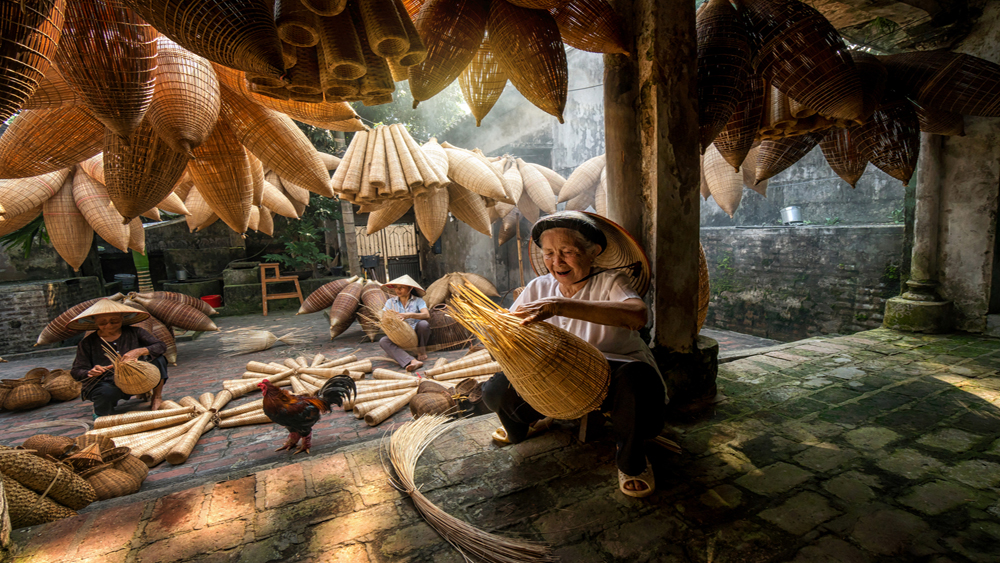
|
Thu Sy, a commune in Tien Lu District in the northern province of Hung Yen, is home to around 500 craftsmen who make bamboo fish traps. This has been a traditional vocation here for two centuries and is the major product of this place.
The traps have a tubular shape with two ends tied with knots. They are used to catch fish and shrimp in shallow water in slow streams and rivers. People place the traps with the open end facing upstream and wait until fish swim into the baskets.
The materials needed for making the traps are bamboo sticks. People chop the sticks into small strands of similar size, and weave into baskets. Each takes 15-20 minutes to finish and can fetch VND3,000- 7,000 (13-30 cents).
It is estimated that locals make 650,000 of them each year and sell to neighboring provinces. More than just doing a business, the people here are preserving a traditional craft and the image of a typical northern Vietnamese village.
Pottery Village

|
Kim Lan village in suburban Hanoi is one of the oldest pottery villages in the north. Kim Lan’s pottery dates back to 1,000 years ago, with its peak period being in the 13th and 14th centuries.
Kim Lan’s ceramic products are well-known for their use of a unique ingredient made by mixing rice husk ash, lime powder and crushed stone powder and filtering them through water. When a product is finished, it is dipped into this mixture before being put into the kiln. This technique helps the products acquire a glossy white look.
The kilns here are usually small. Kim Lan’s typical products are common household objects used in daily life. They include utensils like ceramic pots, cups and bowls, tiles and censers.
Incense Village

|
Incense is an important element in many traditional rituals practised by Vietnamese, especially offerings to ancestors during important celebrations around the year.
Many of the colorful incense sticks come to life in Quang Phu Cau Commune, Ung Hoa District, 35 kilometers from Hanoi. On roads and paths in the commune’s villages, incense sticks can be seen drying in bundles everywhere.
Making incense sticks has been a thriving craft here for a century, and is still the main vocation of 3,000 households. Bamboo is bought from other provinces and chopped into thin, tubular sticks of similar size. Local then carefully select high-quality pieces to be dyed, while those of lower quality are recycled.
After being dipped in paint, the incense sticks are dried to retain the color. When the sun appears, the incense sticks are dried in bundles in open spaces, and look like hundreds of blooming flowers.
Most people in the area only make the bamboo sticks required to make joss sticks, but some also produce the final product by adding the incense to one end.
Source: VnExpress
 Bắc Ninh
Bắc Ninh






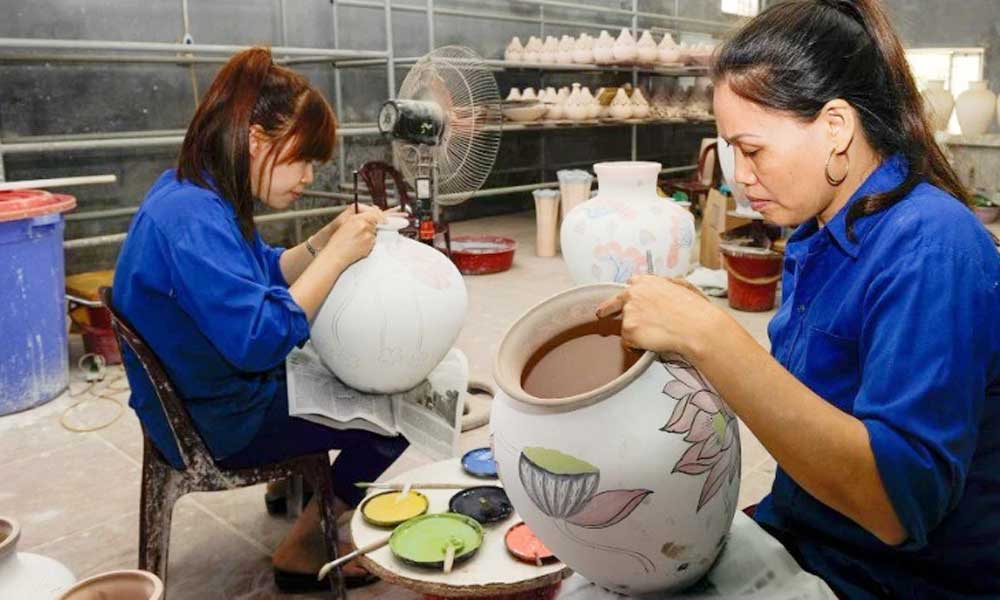

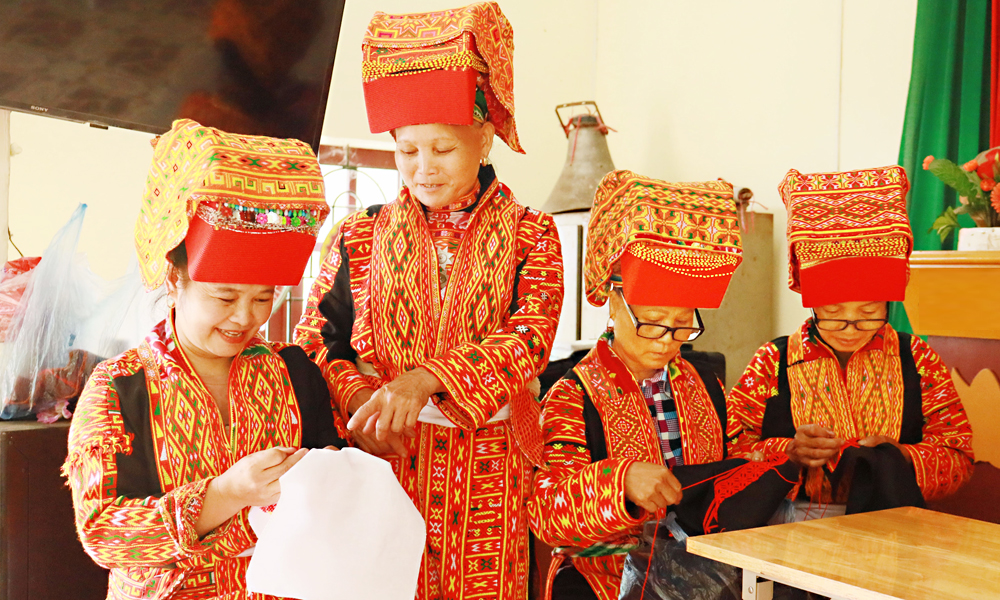

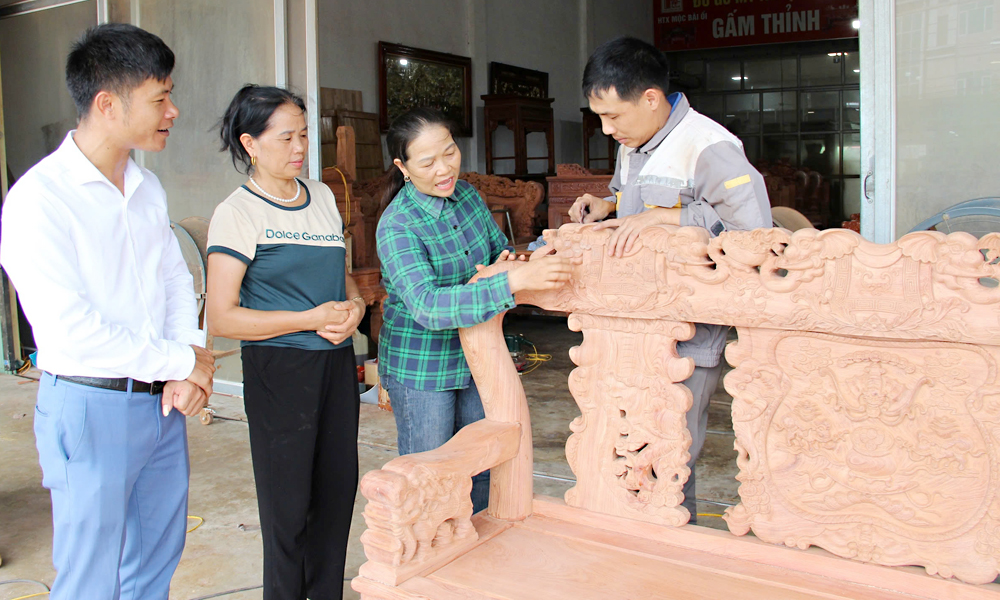
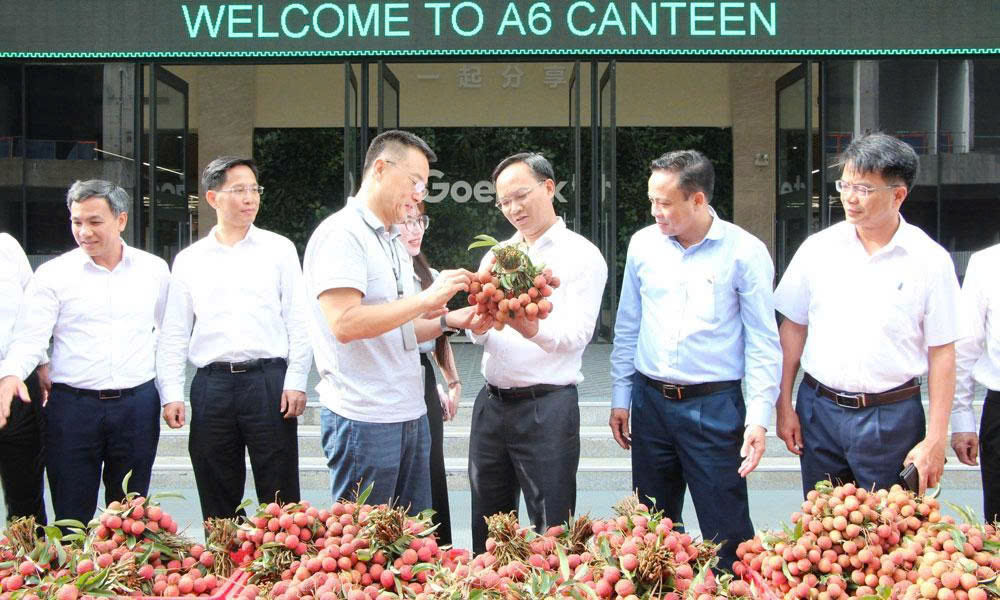

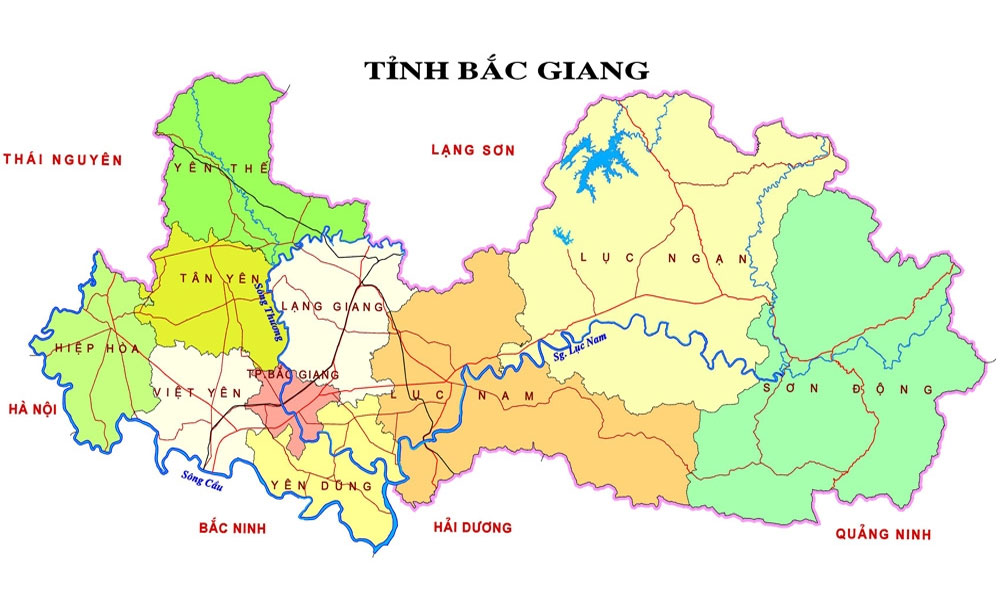

Reader's comments (0)